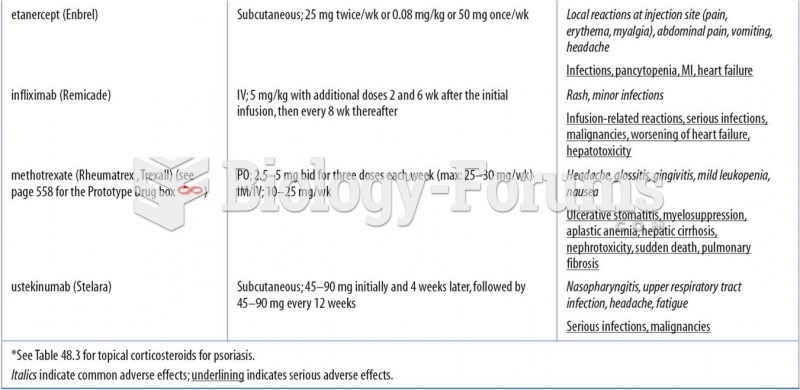Answer to Question 1
The introduction of antibiotics in the 20th century led to a decline in the death rate in the United States by 220 per 100,000, a great advance in public health. Currently, however, the development of antibiotic-resistant strains of bacteria poses a grave threat to health. Bacterial resistance happens even without antibiotics, but the use and abuse of these drugs exacerbates the resistance and leads to the development of superbugs. According to scientists from the Infectious Diseases Society of America, antibiotic resistance is a dire issue. They call for measures to spur the development of new antibiotics; without them, resistant bacteria can increasingly claim the lives of healthy people.
Methicillin-resistant Staphylococcus aureus (MRSA) is a staph infection resistant to many antibiotics. It appeared in Europe in the 1960s, which coincides with the first widespread use of antibiotics. A recent study confirm that the evolution of resistant strains and their spread are primarily driven by antibiotic use. Although MRSA isrelated to exposures to healthcare delivery, rates of MRSA are rising in athletes and other populations. In 2005, there were more than 15,000 deaths from MRSA in the United States. A 2007 report stated that there were more than 94,000 cases and about 18,000 deaths. As of 2010, by using a new way of sequencing DNA, small genetic changes can be pinpointed. This allows researchers to trace the spread of MRSA around the world and even within one hospital. This might lead to ways of controlling the spread of MRSA. Some hospitals also are attempting to use flashing ultraviolet light to kill the bacteria that cause MRSA. A study published in Science analyzed the mutations of MRSA, directly pinpointing antibiotics and their overuse as the primary culprit.
In April 2011, two studies on MRSA were published in the New England Journal of Medicine. The first reviewed an evaluation of a 4-year program at Veterans Administration (VA) hospitals to combat MRSA. The study of 153 VA hospitalsfound a 62 percent drop in the rate of infections caused byMRSA over an almost 3-year period in intensive care units. Other units experienced a 45 percent drop. The VA cut the infection rate with a group of measures that included screening patients with nasal swabs and isolating those with MRSA. The VA required staff to wear gloves and gowns when treating patients with MRSA and to wash their hands. These measures could be instituted in all hospitals. However, the second study questioned the necessity and cost-effectiveness of screening every patient in the intensive care unit when admitted and discharged.
In 2011, MRSA and other antibiotic-resistant bacteria were found in meat and bedbugs. However, scientists see no cause for alarm, yet.
Answer to Question 2
While recording findings you notice the wrong patient's name is displayed in the content pane







